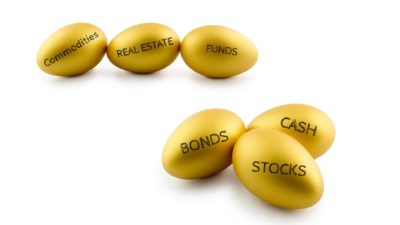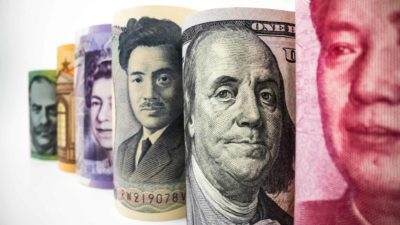When it comes to investing with exchange traded funds (or ETFs), often the best guarantee of success is low fees. Fees can eat into compounded returns over time in an exponential manner, so unless you're confident in your chosen ETF's strategy, it's usually best to go with market-wide ETFs with the lowest possible fees.
Here are two ASX ETFs with some of the lowest fees on the market. Both are well worth a look if you are looking for some cheap-and-easy diversification in your portfolio.
BetaShares Australia 200 ETF (ASX: A200)
With this Betashares ETF, you are getting exposure to the market-wide S&P/ASX 200 (INDEXASX:XJO) index, which represents the top 200 publicly traded companies in Australia. A200 currently has a management fee of 0.07% annually ($7 for every $10,000 invested), which is about the cheapest you can get with an broad Australian shares ETF. Some of A200's top holdings include Commonwealth Bank of Australia (ASX: CBA) and CSL Limited (ASX: CSL). If you are looking for cheap exposure to the top 200 Aussie companies, look no further.
Vanguard U.S. Total Market Shares Index ETF (ASX: VTS)
VTS covers the total share market of the United States (US) in one ETF. Most US-based ETFs cover the famous S&P 500 index, which represents the top 500 companies in the US, but VTS offers exposure to about 3,599 public companies at the last count. With VTS, you get an index that may be more volatile than the S&P 500, but also often delivers higher returns (currently 16.35% per annum for the last ten years).
VTS's top holdings currently include Microsoft, Apple, Amazon and Berkshire Hathaway – companies that most Aussie investors would probably like to get their hands on anyway. VTS also charges what I believe to be the lowest fee of any ASX ETF – 0.03% (or $3 for every $10,000 invested). For this price, it's basically free exposure to 3,599 US shares.
Foolish takeaway
Both of these ETFs are amongst the lowest charging on the ASX and both provide good market-wide exposure to high performing indexes. A200 is a good pick if higher dividends are a consideration, but VTS has shown outstanding growth numbers over the past decade and this makes it the winner for me (personally). With the stock market reaching record highs (both in Australia and the US), consider employing a dollar-cost averaging strategy if you are looking at opening a position.






